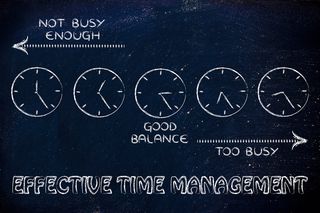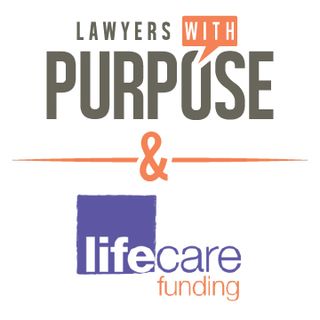Many people who are seeking to qualify for Medicaid are concerned about protecting their assets from long-term care costs. For most people, their primary asset is their home. So what are the options to protect it when considering Medicaid planning?
 First and foremost, it is essential to be clear that Medicaid law provides that the home is an exempt asset from being included in determining one's eligibility for Medicaid. A core distinction comes into play, however, when considering whether the Medicaid applicant is married or single. If married, the Medicaid law provides that any transfer between spouses is permissible and does not trigger any ineligibility. Therefore, if a husband and wife own a home, and one of them goes into the nursing home, the nursing home spouse can convey their interest to the community spouse and no penalty will result, and the house will remain exempt under the community spouse's exemption. The question as to whether Medicaid can access the equity in that home after the death of the community spouse is a question of who dies first – the institutionalized spouse or community spouse.
First and foremost, it is essential to be clear that Medicaid law provides that the home is an exempt asset from being included in determining one's eligibility for Medicaid. A core distinction comes into play, however, when considering whether the Medicaid applicant is married or single. If married, the Medicaid law provides that any transfer between spouses is permissible and does not trigger any ineligibility. Therefore, if a husband and wife own a home, and one of them goes into the nursing home, the nursing home spouse can convey their interest to the community spouse and no penalty will result, and the house will remain exempt under the community spouse's exemption. The question as to whether Medicaid can access the equity in that home after the death of the community spouse is a question of who dies first – the institutionalized spouse or community spouse.
The bigger challenge, however, is in protecting the home for single applicants, or after one of the spouses has entered a nursing home or dies, thus leaving the remaining spouse single. Accordingly, there are additional challenges for single individuals who own a home. While the home is exempt in determining eligibility for Medicaid benefits, it is not exempt from estate recovery for single Medicaid recipients. So, for single people or those who are married, with one spouse at a nursing home, the mechanism to protect the house requires an outright transfer of it to ensure its protection. Retention of the house by a single individual subjects it to estate recovery after death, thus delaying the loss, but not eliminating it. The question as to whether a house is subject to estate recovery is dependent on each individual state, estate recovery rule and Medicaid.
The next challenge is, if a single individual or the community-based spouse transfers the home to a third party or irrevocable trust, it will trigger an "uncompensated transfer" and lead to a period of ineligibility. The period of ineligibility depends upon the value of the conveyed house divided by the regional divisor (the average cost of one month of nursing home care in the region).
For example, a $200,000 house conveyed away in a jurisdiction where the regional divisor is $10,000 would create a 20-month ineligibility period. In order to mitigate this penalty period, one may consider transferring the home and reserving a life estate. By reserving a life estate, the underlying transfer is reduced by the value of the life estate. For example, transferring the same $200,000 house and reserving a life estate to an individual who is age 72 provides for a .2369 interest being retained. In this case, the remainder of .7134, or 71 percent of the $200,000, is deemed to be the uncompensated transfer (S. 142,680). By reserving the life estate, this particular client will have reduced the penalty period by 5.73 months (penalty of 20 – new penalty of 14.27). Obviously, reserving a life estate provides for a discount in the uncompensated transfer, which in most states disappears at death because there will be no value to the life estate as it extinguishes at death. Some states have begun pursuing life estates after death. For example, in Ohio, the discount really has no advantage because the state could pursue the remaining beneficiary for 5.72 months differential.
The question of how to protect the home is prominent in most people's goals. Another way to protect the home is to sell it. The question is how best to do it to achieve the best result in the shortest period of time. Utilizing the LWP Medicaid qualification software will allow you to determine the best approach and the cost benefit analysis on each choice you make. If you would like a free demo of our estate planning drafting software, click here now to schedule a call. We'll show you first hand how it can help you grown your estate or elder law practice.
David J. Zumpano, Esq, CPA, Co-founder Lawyers With Purpose, Founder and Senior Partner of Estate Planning Law Center










